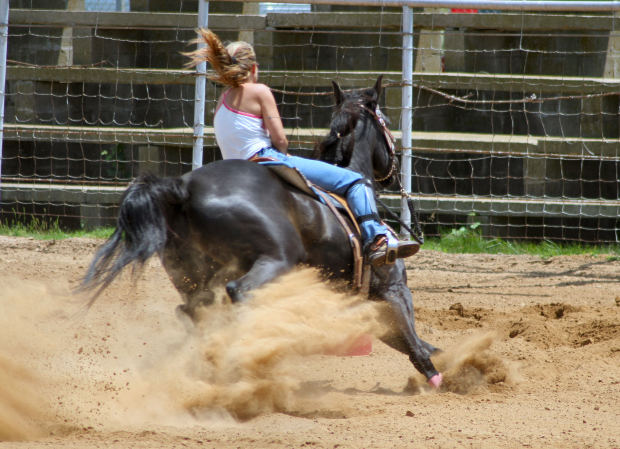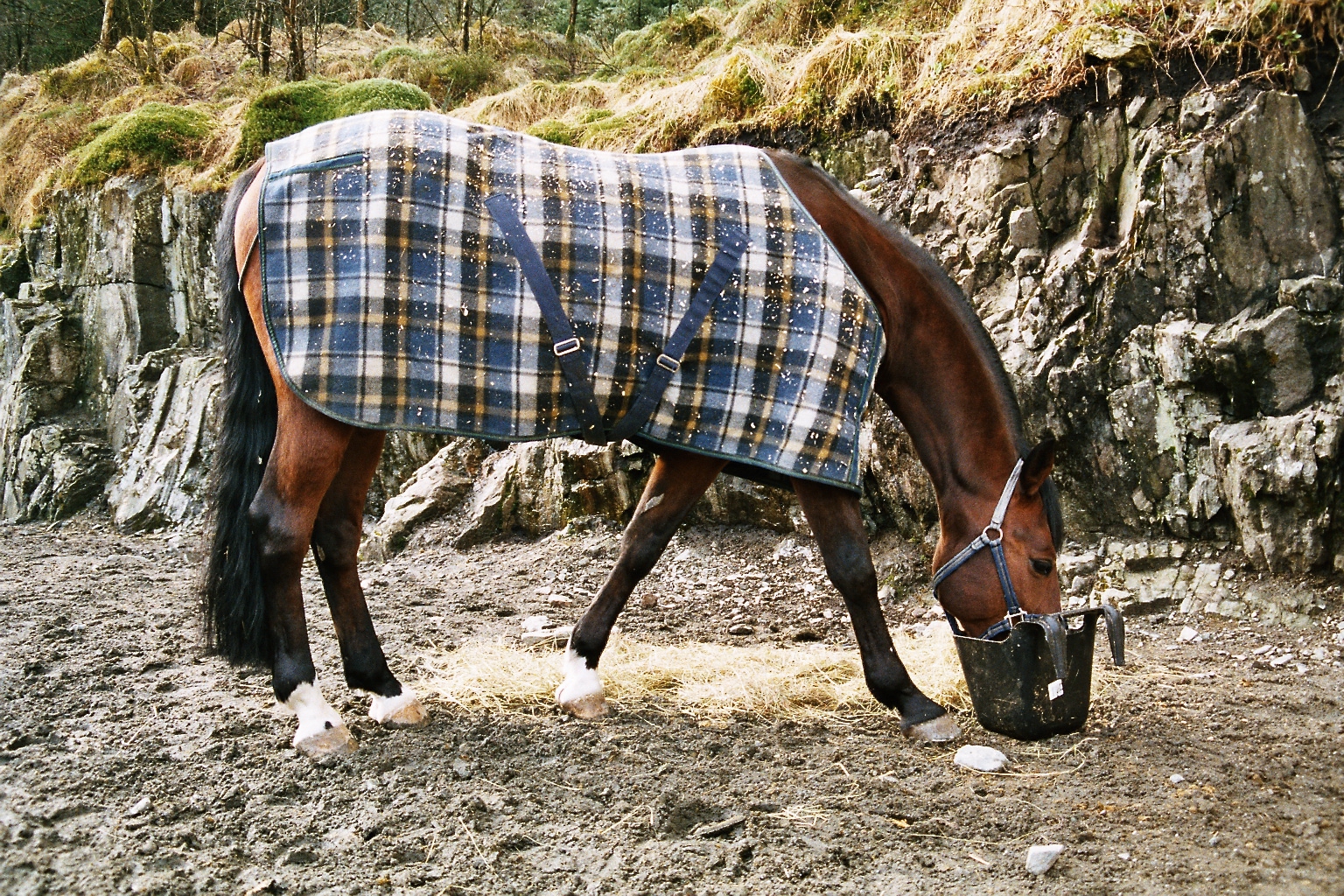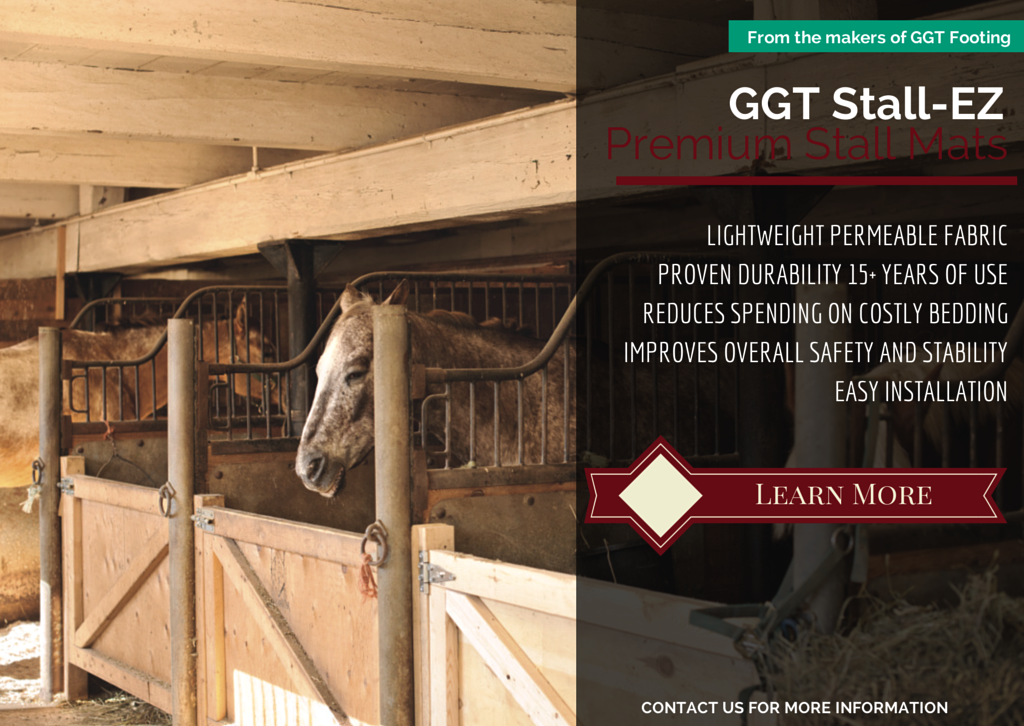
Indoor arenas offer a covered riding area during the worst weather, but they can also become dusty health hazards. Dust, created by airborne particles of sand, pulverized wood chips and dried manure can make both humans and horses cough and wheeze by the time their training session is over. Dust isn't just an annoyance; it's a health hazard.



